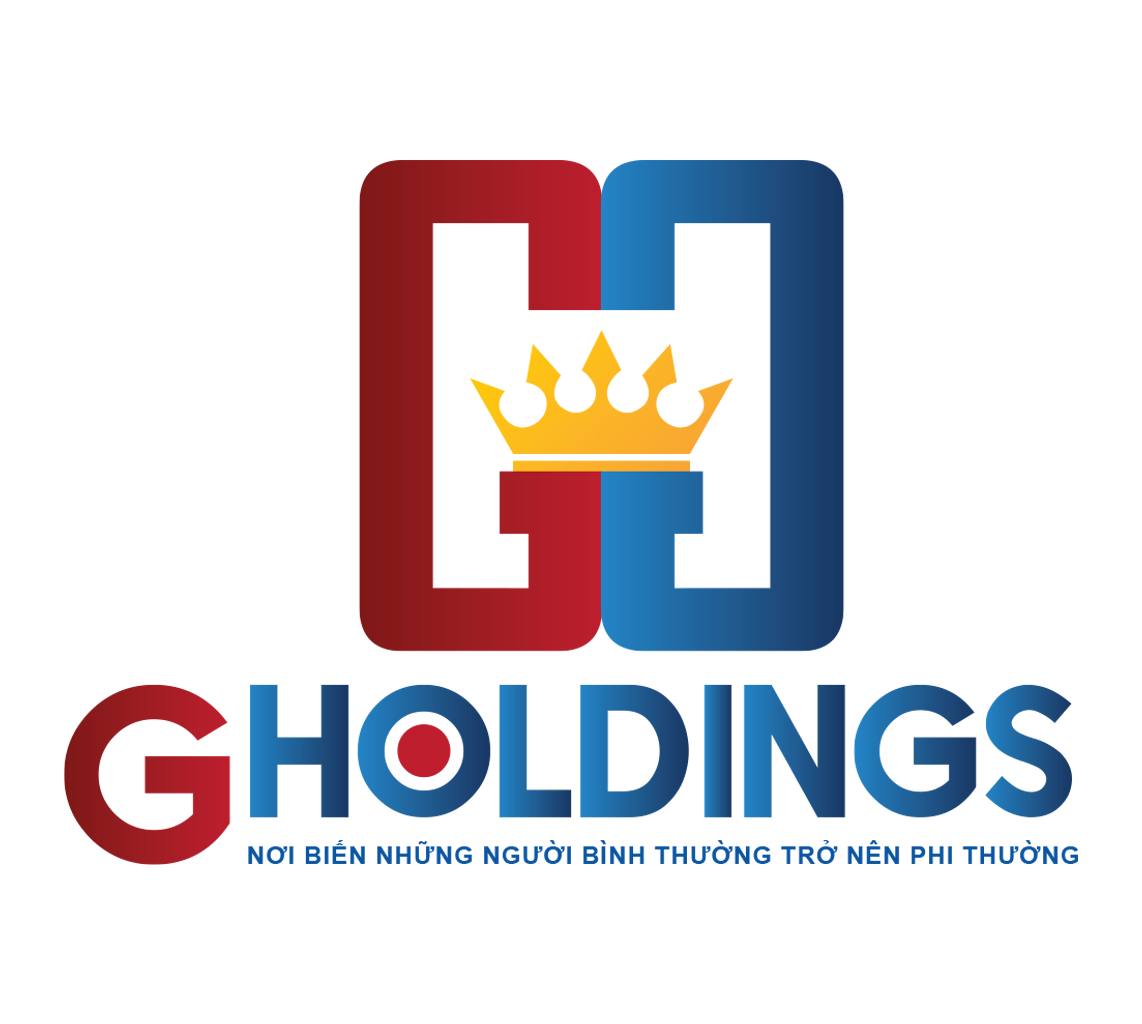When people think of a board room, they perhaps picture a grouping of men relaxing around a huge table, interacting with behind closed doors. Although heightened overview, empowered buyers, record-paced modification and technological interruption are greatly shaking up the global company landscape and changing what it means to function as a panel member.
Mainly because these forces continue to impact the corporate world, boards should remain open and cellular in order to form their companies’ futures. To get this done, they’ll have to embrace innovations that make their gatherings more smart and effective.
Rather than the classic boardroom setting up with a single large stand that seats everyone facing in the same route, boardrooms is going to increasingly contain multiple monitors and a versatile layout that enables for motion between seating, collaboration and viewing demonstrations from all directions. Additionally , boards is going to move away from need for face-to-face meetings and adopt digital conference expertise www.boardroomchallenge.com/virtual-board-meetings-guide that allow administrators to get involved from all over the world.
With a give attention to increasing openness and embracing variety, boards can also be forced to think again about their techniques for succession preparing. With longer careers, afterward retirements and limited term limits across the world, boards is going to shift from the assumption of semipermanence to a more deliberate process that balances skills, builds diversity and creates a powerful team based on company technique.
And using a better comprehension of their impact on the planet, boards will stop hand-waving about their durability practices and in turn start to show stakeholders their very own commitment with tangible data. They will look at their very own carbon footprint, societal additions and more, leveraging data to compliment their decision-making.
